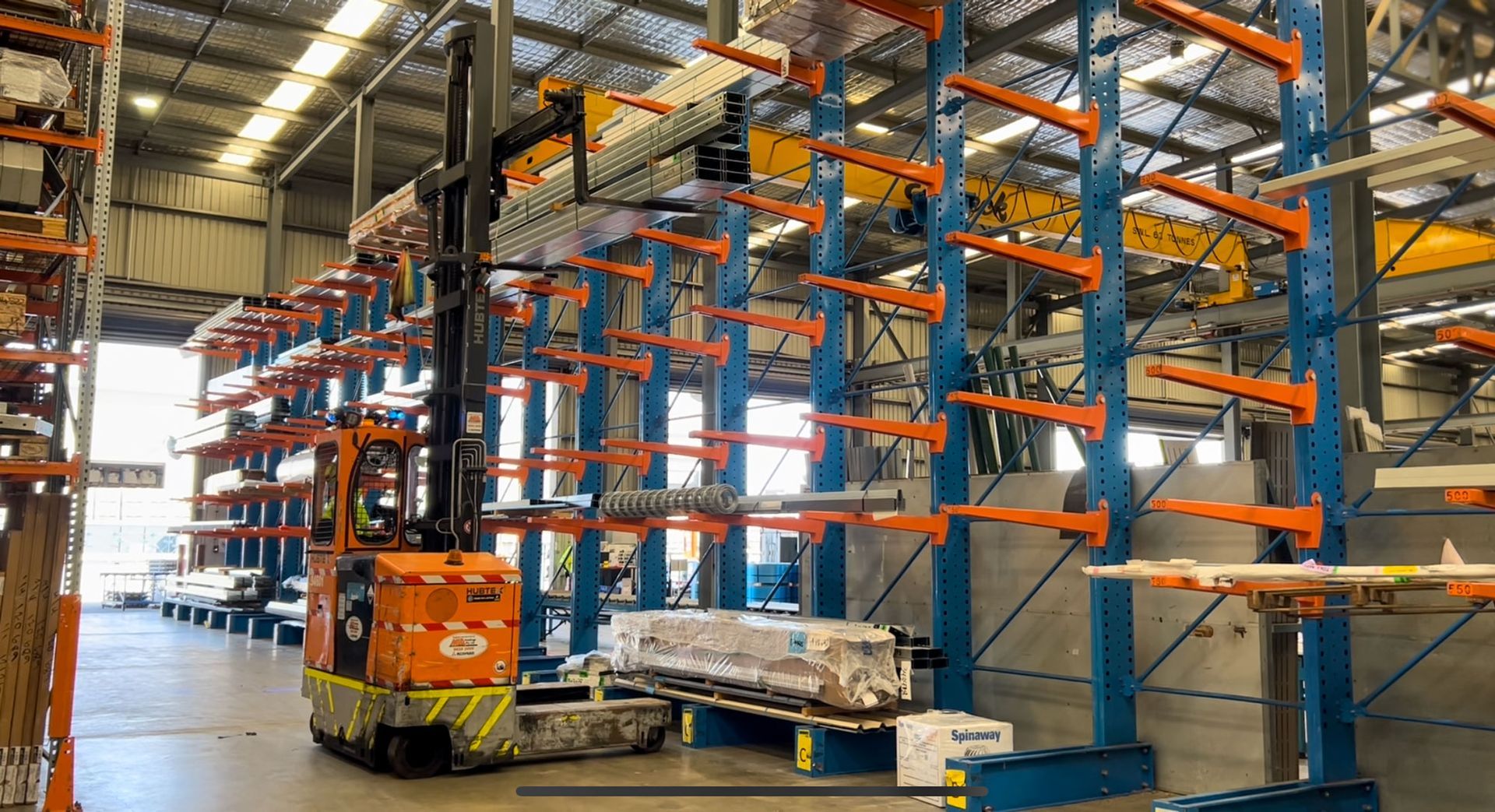Maximising Success in the Recruitment Hiring Process
An effective hiring process is crucial for businesses aiming to achieve their goals while maintaining a productive and satisfied workforce. A streamlined hiring workflow and a well-thought-out recruitment plan ensure that your organisation attracts and retains the best candidates.
In this guide, we’ll explore essential steps to optimise your hiring workflow, enabling you to source candidates effectively and make informed hiring decisions.
Understanding the Recruitment Process
The recruitment process is a structured series of hiring stages that organisations follow to identify, attract, and hire the best candidates for a job opening. It begins with crafting a detailed job description, outlining key responsibilities, specific skills, and qualifications required for the role. This description forms the basis of a compelling job advertisement, which is then promoted across job boards, social media platforms, and the company website to reach potential candidates and active job seekers.
Once job postings are live, the recruitment team begins screening resumes to identify qualified applicants. This step in the process of recruitment is critical for filtering out unsuitable or unqualified candidates, ensuring only the most promising individuals move forward.
Following resume screening, the hiring manager/recruiter hiring process team conducts phone screening to assess the applicant’s motivations and suitability for the role. This stage allows recruiters to better understand each candidate and ensure alignment with the job requirements. Depending on the role, the recruitment consultant or account manager may then interview the applicant before they’re introduced to the client for further interviews.
The interview process helps evaluate each candidate’s experience, skills, and compatibility with the company culture. After interviews, the hiring team reviews notes to make an informed candidate selection. When the most suitable candidate is identified, a job offer is extended. Once the candidate accepts, onboarding begins to introduce the new hire to company policies and culture, the final stage of the recruitment process.
The phone screen and interview process are designed to assess the candidate’s skills, experience, and fit for both the role and the company culture. Following the interviews, the hiring team deliberates to make an informed hiring decision. If a candidate is selected, a job offer is extended. Upon acceptance, the onboarding process begins, introducing the new hire to the company culture, policies, and procedures, ensuring a smooth transition into their new role.
If you’re looking for help with making more informed recruitment decisions, IRP is here to help ensure you effectively retain and develop the right people. Learn more about how we can help you:
Step 1: Develop a Clear Recruitment Plan
Before initiating the recruitment process, create a clear and structured recruitment plan. Your HR or recruitment team plays a crucial role in structuring recruitment efforts, posting job ads, and collaborating with hiring managers.
Start by identifying your hiring needs and aligning them with your company’s mission and objectives. Define the job title, job specifications, and specific skills required for success. Collaborate with department heads to ensure alignment with company goals and maintain a consistent process of recruitment.
Key elements to include in your recruitment plan:
- Job description: Detail job requirements, responsibilities, and required skills.
- Salary range: Ensure alignment with industry standards to attract quality candidates.
- Recruitment strategy: Determine sourcing methods, including job boards, social media, and referrals.
It’s also important for your recruitment plan to realise that there are currently talent shortages and a tight labour market. Recently, there has been a shift towards skill-based hiring instead of hiring talent with specific credentials or qualifications. This means it’s becoming more important to know how to identify critical skills in prospective employees to ensure you are hiring the right person for the job.
If you’re still unsure about your recruitment strategy or would like some help growing your team, reach out to IRP today!
Step 2: Create an Attention-Grabbing Job Posting
Your job posting is the first interaction potential candidates have with your company. Clearly defining job descriptions is crucial to attract quality candidates.
Make it stand out by clearly outlining:
- Job title and location.
- Key responsibilities and specific skills.
- A concise summary of your company’s mission and culture.
A well-crafted job posting helps attract the right candidates and saves time by filtering out unsuitable applicants.
Step 3: Streamline Resume Screening
Resume screening is a critical stage in the hiring process. Using an applicant tracking system (ATS) like Sentrient, JobAdder, or Seven20 can help your recruitment team manage applications efficiently. These systems allow you to objectively assess employment history, relevant experience, and job performance indicators. Ensuring your recruiter hiring process remains consistent.
Tips for effective resume screening:
- Focus on job requirements and essential skills.
- Identify any gaps in employment history that need clarification.
- Prioritise candidates aligned with company culture and values.
- Be mindful of AI-generated cover letters and credentials; verification and careful questioning are needed to ensure your candidate is who they say they are.
Modern recruitment agencies increasingly use AI-enabled ATS platforms such as Paradox, Workable, and Manatal to maintain an efficient recruitment process and ensure fast access to the most qualified applicants.
At IRP, we use Seven20, a recruitment system offering advanced search, screening, and compliance capabilities, helping our clients reach qualified candidates faster and more reliably.
Step 4: Prepare the Interview Process
The interview stage is your opportunity to thoroughly assess candidates. Collaborate with hiring managers to develop structured interview questions that focus on job requirements and culture fit.
Essential steps for a successful interview process:
- Schedule interviews: Minimise back-and-forth emails by providing clear options.
- Prepare questions: Focus on job requirements, relevant experience, and company culture fit.
- Conduct multiple interviews: Include one-on-one and panel interviews to objectively evaluate candidates.
Step 5: Perform Comprehensive Background Checks
Before making a final decision, conduct background and reference checks to verify each candidate’s details. Review employment history, educational qualifications, and, where applicable, perform pre-employment checks such as drug and alcohol screening or criminal history checks.
Benefits of background checks:
- Reduce risks by verifying the most suitable candidates.
- Ensure compliance with workplace and legal standards.
- Strengthen your strategic recruiting process.
This verification step helps protect your company and ensures every new hire meets required standards.
Step 6: Enhance the Candidate Experience
A positive candidate experience is vital for building a strong employer brand. From the first job search to the final employment contract, make sure candidates feel informed and valued at every stage.
Ways to enhance the candidate experience:
- Maintain clear communication throughout the recruitment process.
- Provide timely feedback after each interview stage.
- Simplify the application process to attract top talent and reduce drop-offs.
A strong candidate experience also improves
job satisfaction and increases your likelihood of securing qualified candidates for future roles.
Step 7: Optimise Onboarding for New Hires
The onboarding process is the final step of a strong recruitment process. A well-structured onboarding plan ensures each new employee feels prepared, informed, and connected to their new team.
Steps to optimise onboarding:
- Develop a clear plan, including training and mentorship.
- Provide an overview of company culture, expectations, and safety policies.
- Facilitate introductions with key team members to encourage early integration.
A good onboarding process lays the foundation for long-term success and retention.
Step 8: Monitor and Refine the Recruitment Process
To maintain an effective recruitment process, regularly review your hiring process steps and evaluate what’s working. Use data to track:
- Number of applicants versus qualified candidates.
- Time taken for each stage of the recruitment process.
- Retention rates of new hires.
Continuous improvement helps ensure your recruitment process remains strategic, adaptable, and aligned with your business success goals.

Making a Job Offer
The job offer stage is the final decision point in the recruitment process steps. Once the hiring manager makes a decision, they should extend an offer that includes employment details such as job title, salary, benefits, and start date.
Timely communication during this stage helps maintain engagement and prevents losing top talent. Once the candidate accepts, complete the necessary paperwork and initiate onboarding swiftly to ensure a smooth start for your new employee.
Your Path to a Stronger Recruitment Strategy
Maximising success in the recruitment hiring process requires a clear strategy, collaboration among the hiring team, and a commitment to enhancing each stage of the hiring workflow.
By focusing on candidate experience, maintaining an effective recruitment plan, and leveraging tools like applicant tracking systems, your organisation can attract and retain the right candidates who align with your company’s goals and culture.
If you need support in creating a recruitment strategy or sourcing the perfect candidate, the team at Industrial Recruitment Partners is here to help. Contact us today to optimise your hiring process and achieve long-term success.
For more tips on improving your recruitment strategy and selecting the right people to work for you, check out our blog on "Secrets to Recruiting the Right Talent".
FAQs
What steps should be included in an effective hiring process?
An effective hiring process should include creating a clear job description, sourcing candidates through appropriate channels, screening resumes, conducting interviews, checking references, and making a job offer. Ensuring candidates fit the company's culture and have the required qualifications is also essential.
How can I improve the candidate experience during the hiring process?
To enhance the candidate experience, maintain clear communication, provide timely updates, and offer feedback at every stage of the process. Simplify the application process and ensure interviews are professional and engaging.
What is the best way to ensure candidates align with company culture?
To ensure candidates align with your company culture, include questions in the interview process that assess their values and work style. Reviewing past employment history and conducting behavioural interviews can also provide insight into cultural fit.
How can I save time in the recruitment process without sacrificing quality?
Use technology like applicant tracking systems to streamline resume screening and scheduling interviews. Define your job requirements clearly to attract quality candidates and prioritise essential steps like background checks and reference verification.
What role does onboarding play in the recruitment process?
Onboarding is critical in ensuring new hires feel welcomed and prepared. A strong onboarding process aligns employees with the company’s mission and sets them up for long-term success. It helps integrate new employees into the current team and improves retention rates.
Join Our Mailing List
Interested in receiving more content similar to this straight to your inbox each month? Sign up to our mailing list below!











